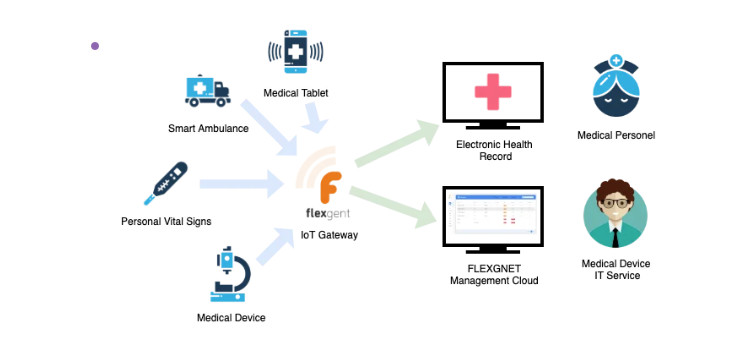LIST OF CONNECTIVITY ON MEDICAL DEVICE

Medical devices can have a variety of ports for different purposes. Here are some common types of ports found on medical devices:
FOR DATA TRANSFER AND COMMUNICATION:
- USB: Used for connecting to computers, peripherals, or external storage devices.
- Ethernet: For networking and connecting to hospital information systems.
- Serial: An older type of connection still used for some devices.
- Wireless (Bluetooth, Wi-Fi): For wireless communication and data transfer.
FOR POWER SUPPLY:
- AC Power Inlet: For connecting to mains electricity.
- DC Power Jack: For connecting to external DC power sources.
FOR SENSORS AND PROBES:
- Specialized Connectors: Many medical devices have unique connectors for specific sensors or probes, such as ECG leads, temperature probes, or ultrasound transducers.
FOR GAS AND FLUID DELIVERY:
- Gas Inlet/Outlet: For connecting to medical gas supplies or ventilators.
- Fluid Inlet/Outlet: For connecting to IV lines, fluid bags, or other fluid delivery systems.
OTHER PORTS:
- Audio Jacks: For headphones or external speakers.
- Video Ports (HDMI, VGA): For connecting to external displays.
Note: The specific ports on a medical device will vary depending on its functionality and intended use. Always refer to the device’s user manual for detailed information about its ports and connections.
